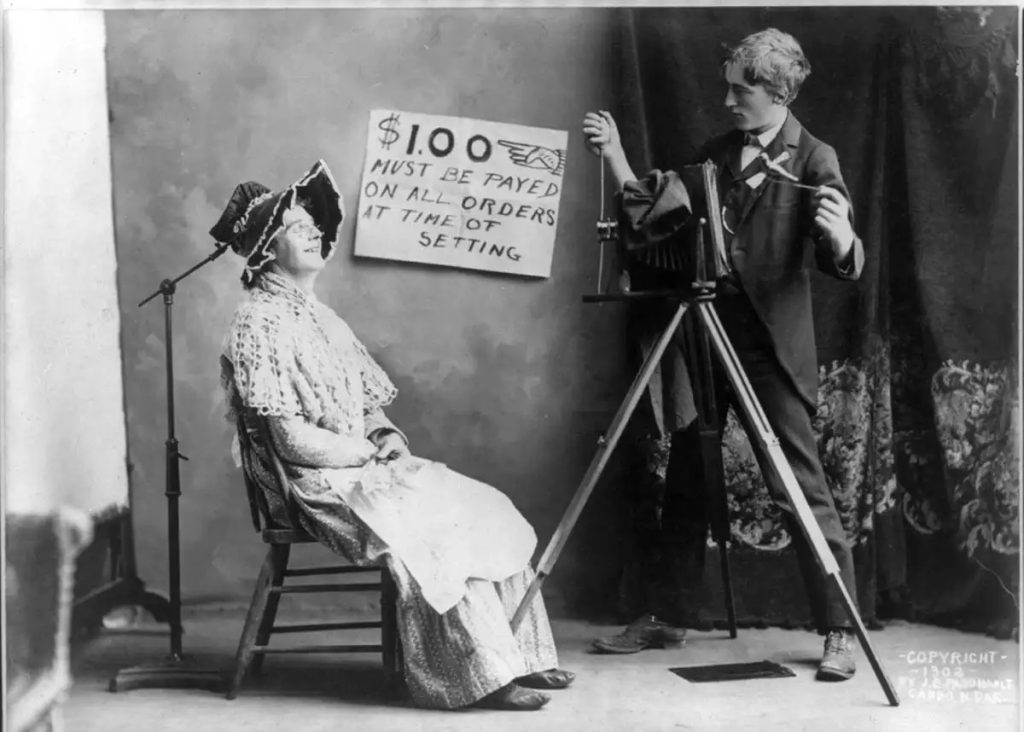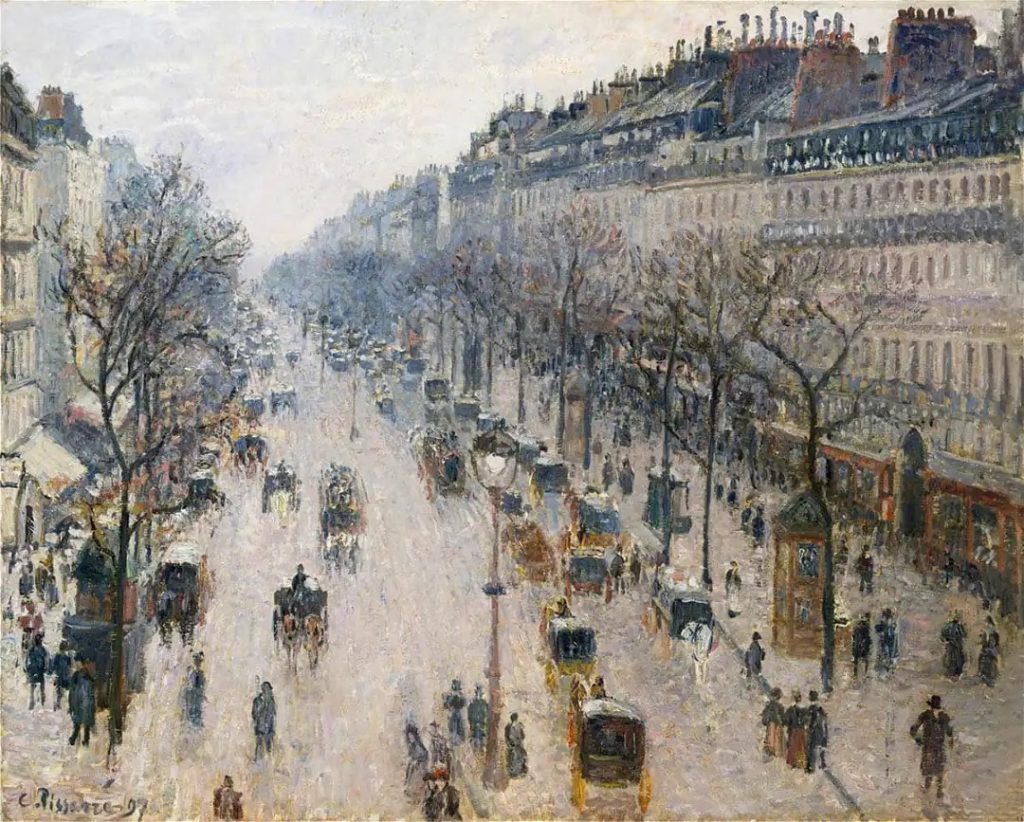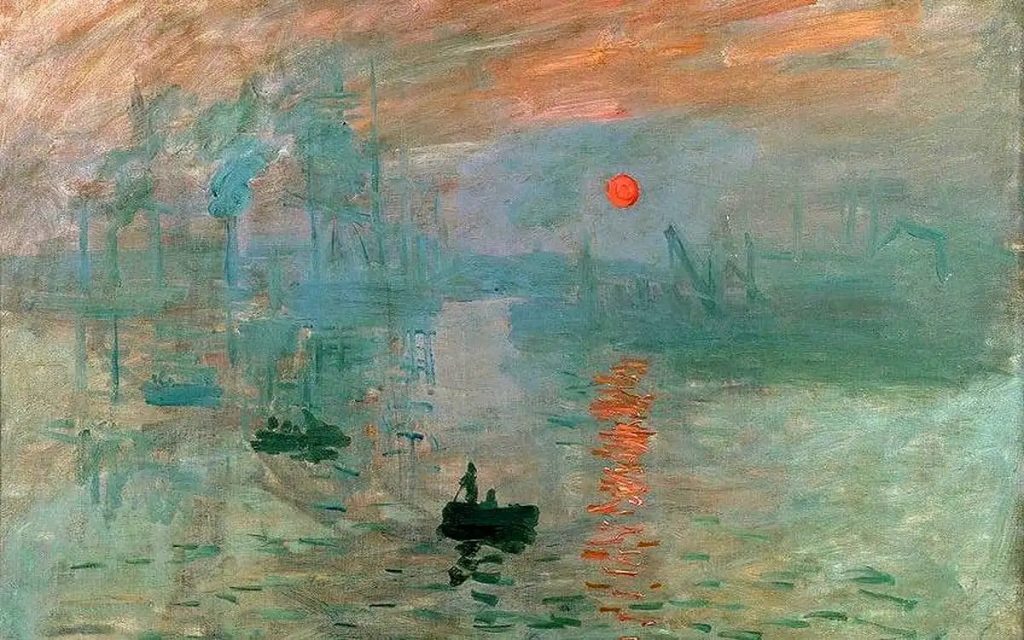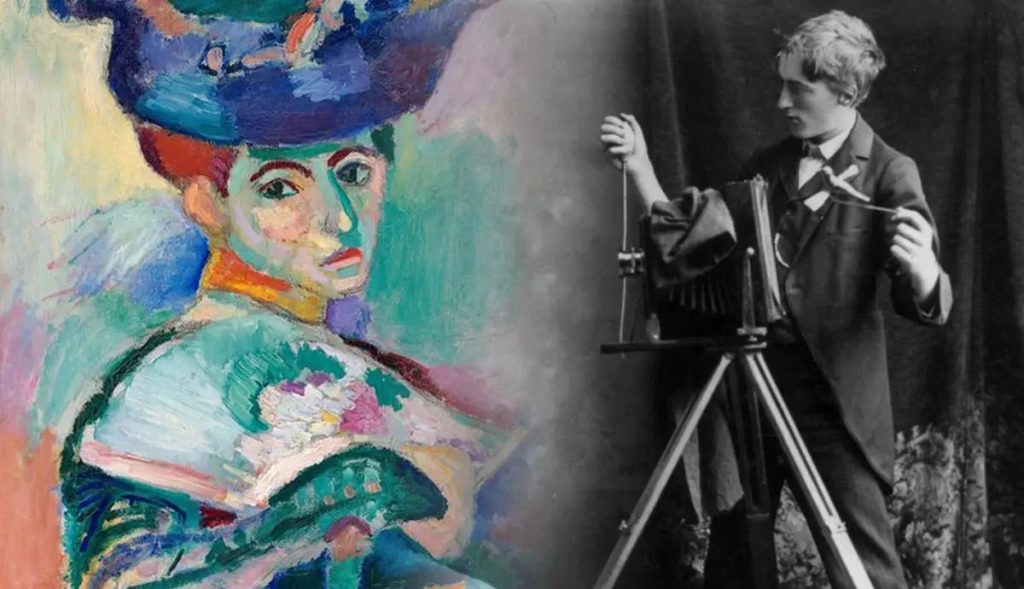What happens after the invention of Photography? In the age of smartphones, everybody is a shutterbug, and millions of images are produced and distributed daily on the web. Today the world celebrates Photography Day through photos captured in worlds the most valued cameras and smartphones. Historically, Photography is only affordable for some; now, anyone can become a photographer.
We know how technology changed our lives and how Photography captured and preserved history. Today, the world celebrates with stunning photographs in different news genres, journalistic, political, travel, and fine arts.
History of Photography
Photography history started 200 years ago; a prototype of a camera was developed, a plain box that took blurry photos. Historians of Photography argued that the basic concept of Photography started in the 5th century B.C.E; the name photography was coined by Sir John Herschel, based on the Greek (phōs; genitive phōtos), meaning “light” and (graphê), representing “drawing, writing”, together meaning “drawing of light.” But an Iraqi scientist developed the camera obscura in the 10th century when Photography was born. He counted as the father figure of modern Photography.
In the 1800s, as we know it today, French inventor Joseph Nicephore created a prototype of the Photographic Camera, which used a portable camera obscura to reveal a pewter plate overlaid with bitumen to light. In 1871, Richard Maddox made a monumental leap in Photography. He developed dry plate photography, known as gelatin method photography, a technique almost similar to wet plates in speed and rate but far more helpful.

In 1888, Eastman produced flexible roll film that did not frequently demand adjusting the solid plates, which made Photography a commoner medium. In the 1940s, it eventually became more affordable and mass-produced.
How Photography Influenced and Change Art
The million-dollar question is how Photography influenced and changed Art. Art is one of the nearest mediums affected by the invention of Photography. Photography challenged the artist community for centuries, and Art evolved into a more and more fascinating subject through and overcame this challenge.
Impressionism is a genre which emerged to overcome the challenges of Photography, and Artists observed the way Photography captured everydayness, and they focused on the same. Artists like Monet developed a range of new techniques in painting, and they looked into objects and life in entirely different ways. Most of the portrait artists lost their commissioned work due Photography studios started to bring instant images. The artist was never lost in this Photographic intervention; they started experimenting with many other techniques and methods, and compositional experiments brought a new era of Art.

Some artists like Cezanne and Degas use Photography as a tool for painting; historians said, Cézanne was frank about using illustrations from journals to paint flowers and use a photograph to paint a self-portrait, and Degas was an open devotee and an early buyer of a Kodak portable.
Photography finds a way and space in Art, and fine art photography gives a break in Art itself. In an article, Bob Duggan wrote about the influence of Photography on Art in detail, and it’s not only a matter of Photography playing a link between painting and drawings. When Photography entered the Paris Saloon, which brought the decline of the Romantic ideal of the ‘Artists as heroes, write Duggan, and capturing images through a light made a paradigm shift in image-making practice throughout Europe and other parts of the world. “Intimately linked to painting, through its choice of subject matter, its representational idiom, but also the multiplication of the image brought by its dissemination,” de Font-Réaulx writes, quoted by Duggan, “photography gave rise to a new relationship to reality and its representation, which then boomeranged on its elder sister.”
Photography brings new aesthetics into Art-world, a merging point of Art and people, image and representation, photography images offering a visual experience of an actual, rather ideal human body, as mentioned by Duggan.
Art History is Born out of Photographs

In the article, Serdar Pehlivan and Dilek Karaaziz Şener jointly write about the history of Art and Photography, and they wrote, ‘The first is the bodily extension and photography language which uses in art; the second one is the revelation of intersection points of art history and photography in the narration of art, the points where they blend in each other or disintegrate’. Western society moved forward with Photography, and under and less-privileged people used to produce images of themselves; this technique of image production brought a more sociable element into Art.
After the invention of Photography, most of the European society captured their family photography in the studios, which was never affordable before, and for the first time, democratised Art and image. After still Photography, moving pictures or the film industry became more prominent in creating reality, depicting reality was no longer essential for painters.
Some scholars argue that Cubism is a famous movement that brings by Photographic Art. When Photography set a perspective, Cubism revolutionised that perspective and denied the representation of three-dimensional things. The revolution of this kind of perspective is analysing the entities as two-dimensional, often pushing to contain various views of a single object at a moment.
Conclusion
Impressionism was the first effect of Photographic intervention, and that influence grew with mediums and movements. Impressionism bridges actions and Modernism, changing the perspective of reality. What is the real thing is Photography changed, influenced, challenged and modernised Art through revolutionary tools. After this, Artists focused on human understanding and diverse paths to sense facts and formed rebellious creations.

Krispin Joseph PX, a poet and journalist, completed an MFA in art history and visual studies at the University of Hyderabad.





